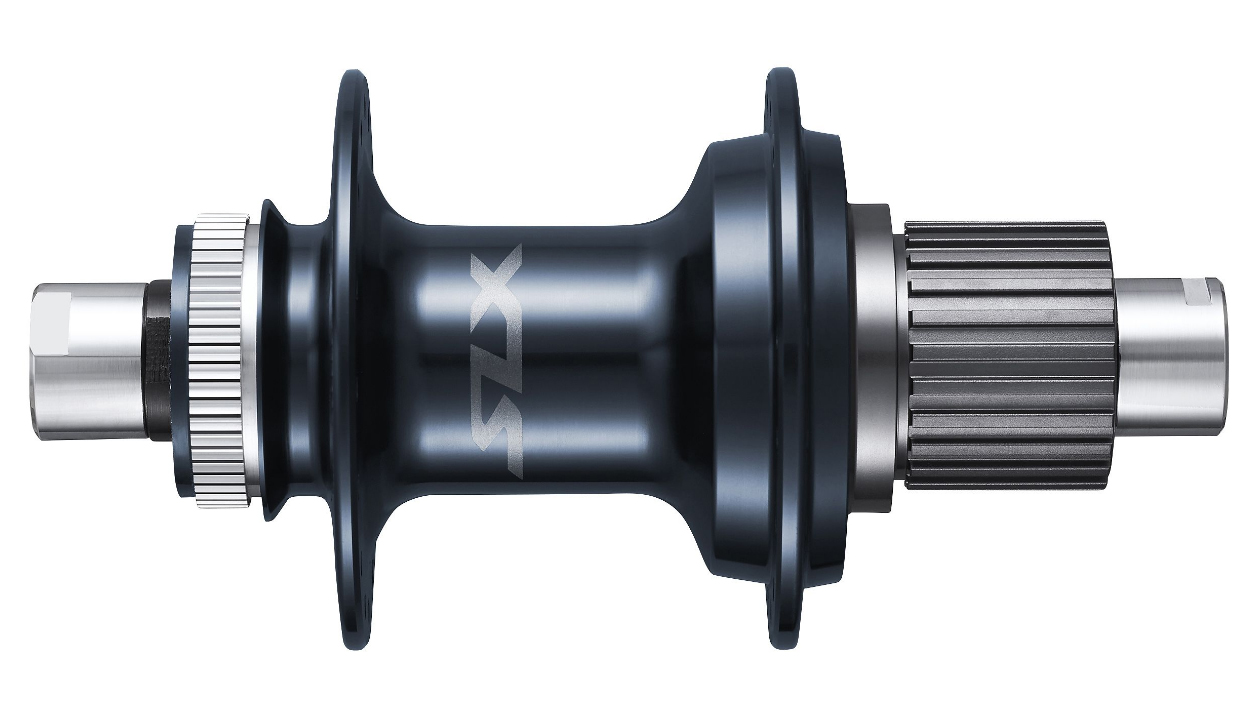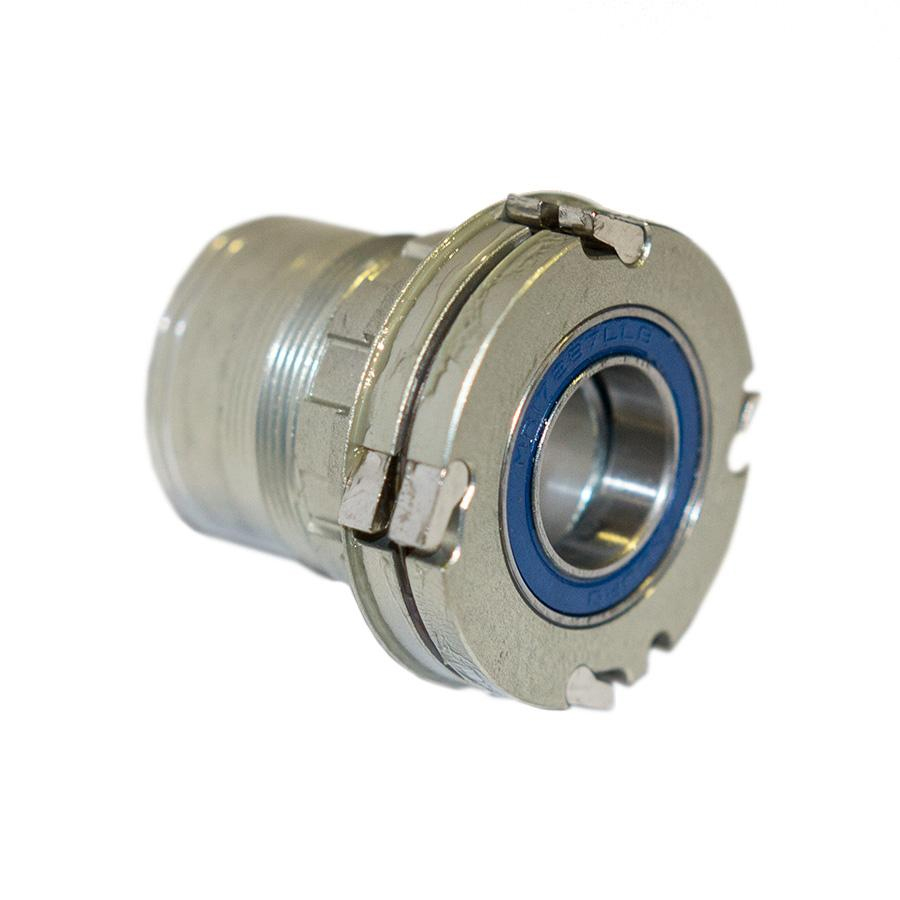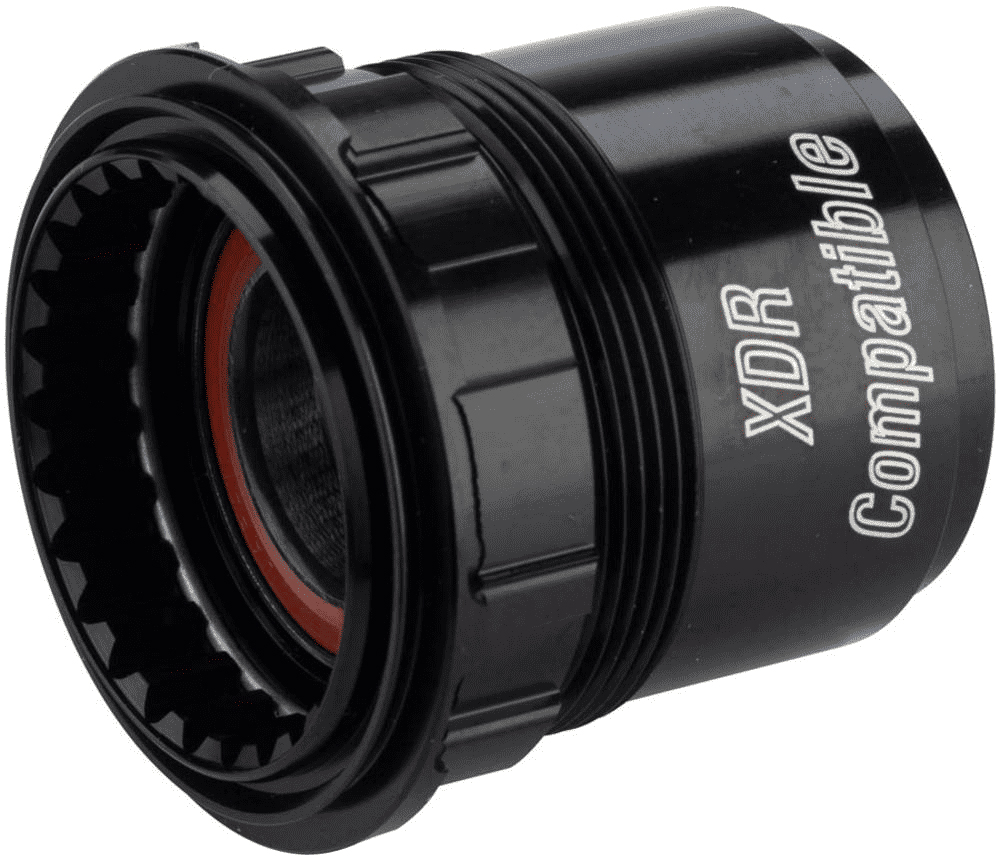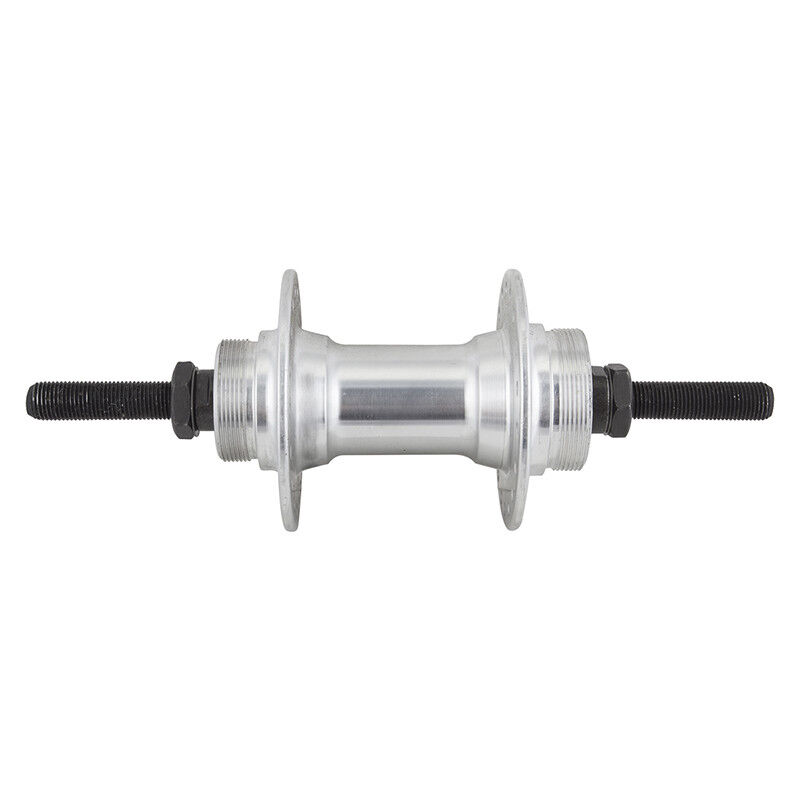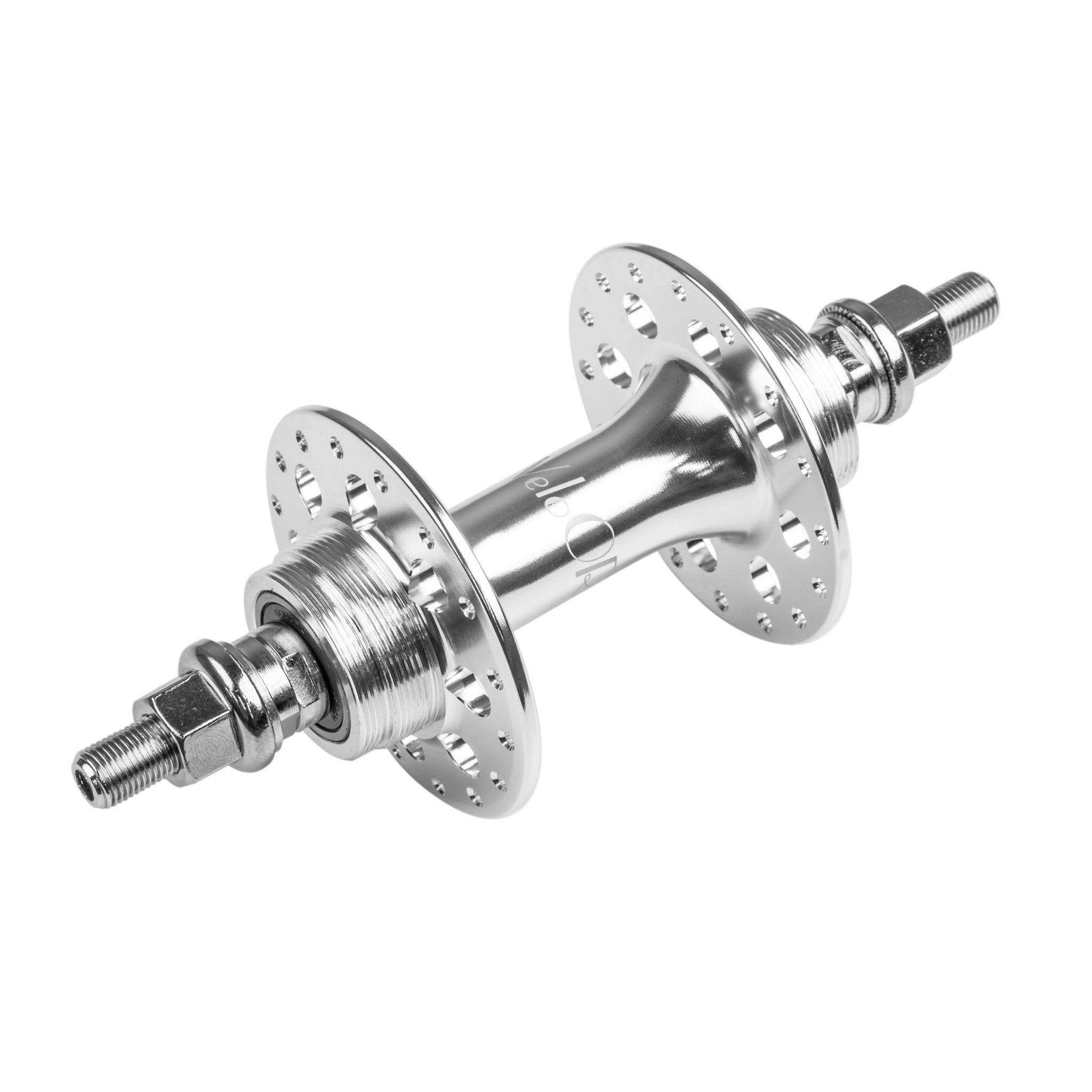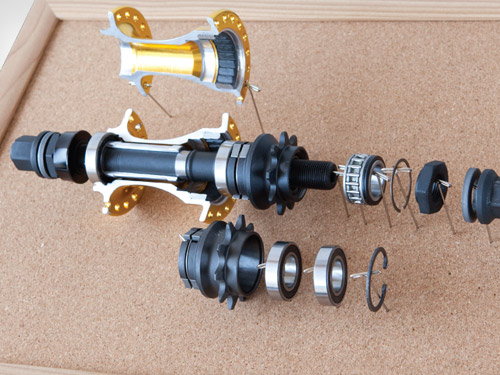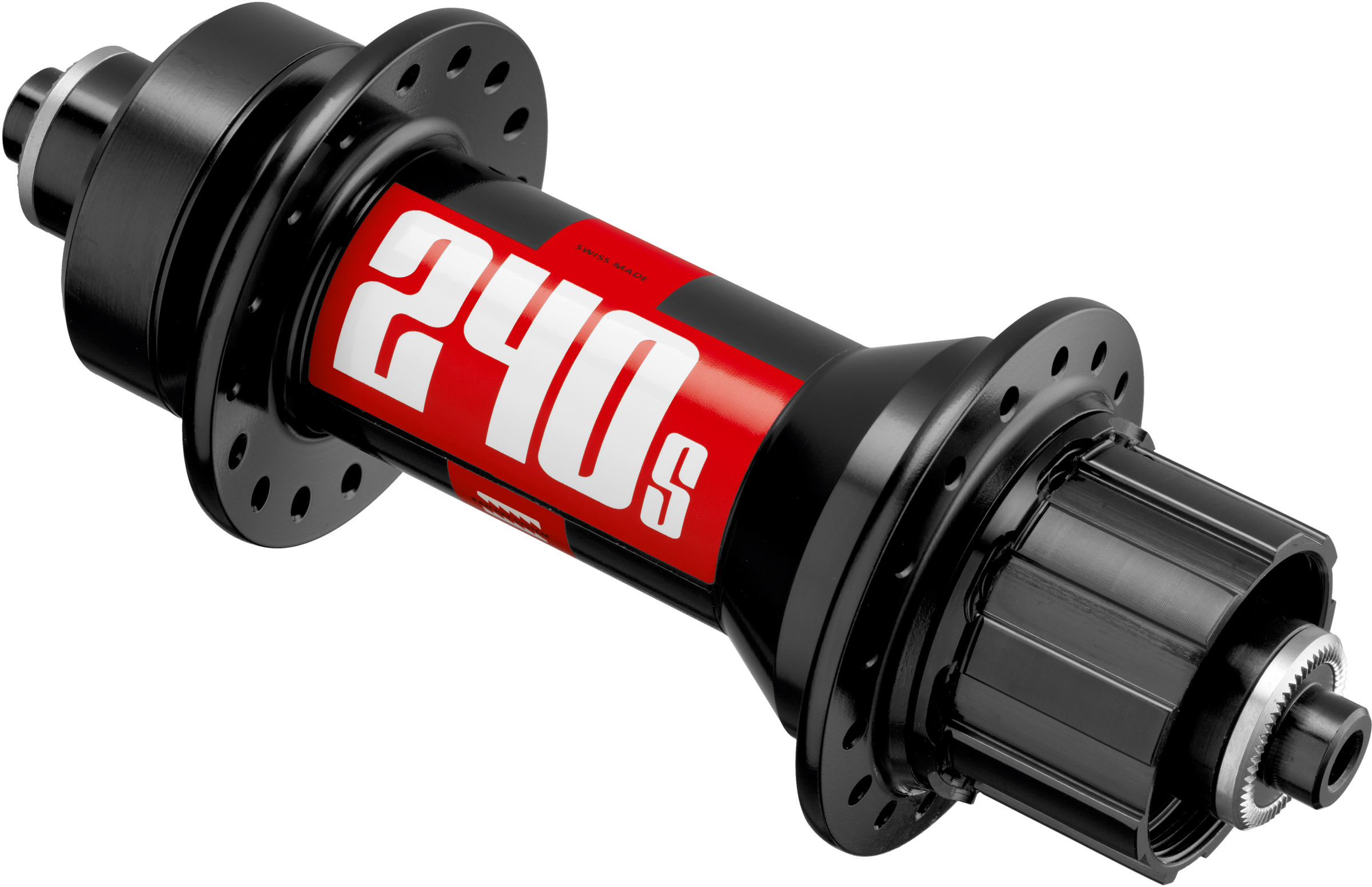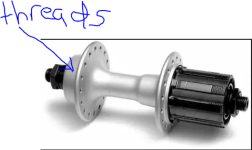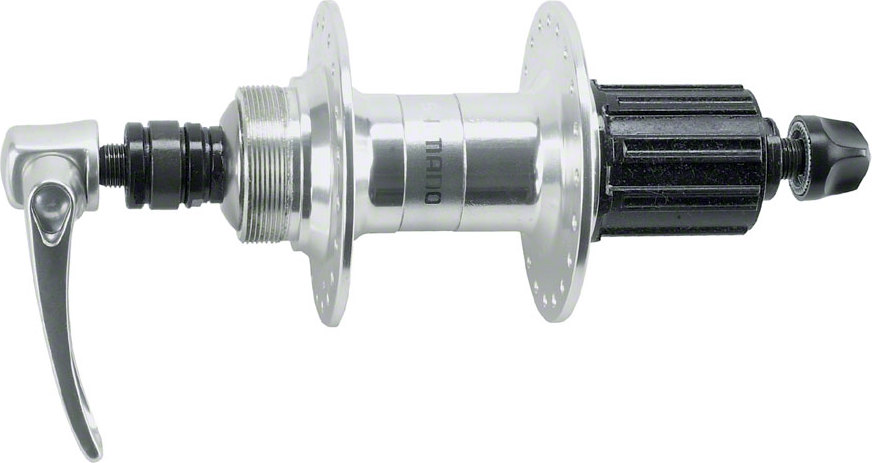RTIII
1 kW
Hi All,
I'm not a novice and I'm not an expert on what I'm asking about - obviously! I'm ignorant but not stupid! So you get where I'm coming from, etc, a little bit of background:
WAY back in, oh, late 2016... I think, I got hit by a car while bicycling and kept injuring myself (and making it much worse) while healing - for example, trying to lift a leg over the cross bar on my bike (which survived but for a bent wheel) - and it got bad... SO, I built this e-bike, described here on Endless-Sphere, and seen here:

(The Endless-Sphere page linked to above has nearly all the details about it, if you are curious.)
I got asked about it so often I created Bad Knee Bikes to make them (all e-bikes, of course!) for others... But, I was focused on a particular path... I'm not writing to spam the place, but it's maybe fair to say I tried a standardized product but instead they're all time-consuming, custom one-offs, but, still, they've all been of a "more normal" design like you see above.
So, "that's where I've been."
Now, I want / need to build something very different. Nevermind the details of that for now, I'm a good engineer, good fabricator, just profoundly ignorant of what's out there, since the kinds of parts I am interested in now are nothing I've used before.
I've come here to get insight, please... I used to have someone at BikeWagon to talk to and get advice from, but they've been absorbed by L9 sports and, well, sure, they sell components, but they' don't seem to care about that much, it's hard to hunt their selection, the selection is WAY down, and, worst of all, there's NO real purchasing help available. (If someone knows a well stocked place to buy a wide variety of bike components, like the old BikeWagon used to do, I'd be appreciative for the tip! Where do I get cheap components anymore?!)
Down To Brass Tacks:
I'm asked to make something more or less "from scratch" (damned versatile stuff, that scratch!), and, regarding only the stuff I don't know about, I need to know about crank spindles with, as I see it now, single, small diameter gears, and driven (rear) axles with "fixed" gears, and I'd like to know a little more beyond the minimums here.
So, just the basics, first:
I don't even know the proper nomenclature - the names of the parts - to ask for these fixed gear parts (the kid who answered the phone for L9, who bought or merged with BikeWagon gave TWO DIFFERENT NAMES for the crank spindle assembly, neither of which was I able to use to successfully find the parts!), or how they're constructed or anything - surely the driven gear is not a "cassette!" Does whatever the rear part is or parts are mount to the rear wheel the same way? Etc. ... Pointers of all sorts entirely welcome! Just remember, my blind spot is on
Beyond that, are there gear wheels that just spin or, maybe like a cassette with one gear, only lock in in one direction? The latter seems likely, the former? Not sure! Any gears that afix directly to an axle shaft? Etc.
Thank you very much for any responses.
I'm not a novice and I'm not an expert on what I'm asking about - obviously! I'm ignorant but not stupid! So you get where I'm coming from, etc, a little bit of background:
WAY back in, oh, late 2016... I think, I got hit by a car while bicycling and kept injuring myself (and making it much worse) while healing - for example, trying to lift a leg over the cross bar on my bike (which survived but for a bent wheel) - and it got bad... SO, I built this e-bike, described here on Endless-Sphere, and seen here:
(The Endless-Sphere page linked to above has nearly all the details about it, if you are curious.)
I got asked about it so often I created Bad Knee Bikes to make them (all e-bikes, of course!) for others... But, I was focused on a particular path... I'm not writing to spam the place, but it's maybe fair to say I tried a standardized product but instead they're all time-consuming, custom one-offs, but, still, they've all been of a "more normal" design like you see above.
So, "that's where I've been."
Now, I want / need to build something very different. Nevermind the details of that for now, I'm a good engineer, good fabricator, just profoundly ignorant of what's out there, since the kinds of parts I am interested in now are nothing I've used before.
I've come here to get insight, please... I used to have someone at BikeWagon to talk to and get advice from, but they've been absorbed by L9 sports and, well, sure, they sell components, but they' don't seem to care about that much, it's hard to hunt their selection, the selection is WAY down, and, worst of all, there's NO real purchasing help available. (If someone knows a well stocked place to buy a wide variety of bike components, like the old BikeWagon used to do, I'd be appreciative for the tip! Where do I get cheap components anymore?!)
Down To Brass Tacks:
I'm asked to make something more or less "from scratch" (damned versatile stuff, that scratch!), and, regarding only the stuff I don't know about, I need to know about crank spindles with, as I see it now, single, small diameter gears, and driven (rear) axles with "fixed" gears, and I'd like to know a little more beyond the minimums here.
So, just the basics, first:
I don't even know the proper nomenclature - the names of the parts - to ask for these fixed gear parts (the kid who answered the phone for L9, who bought or merged with BikeWagon gave TWO DIFFERENT NAMES for the crank spindle assembly, neither of which was I able to use to successfully find the parts!), or how they're constructed or anything - surely the driven gear is not a "cassette!" Does whatever the rear part is or parts are mount to the rear wheel the same way? Etc. ... Pointers of all sorts entirely welcome! Just remember, my blind spot is on
Beyond that, are there gear wheels that just spin or, maybe like a cassette with one gear, only lock in in one direction? The latter seems likely, the former? Not sure! Any gears that afix directly to an axle shaft? Etc.
Thank you very much for any responses.


